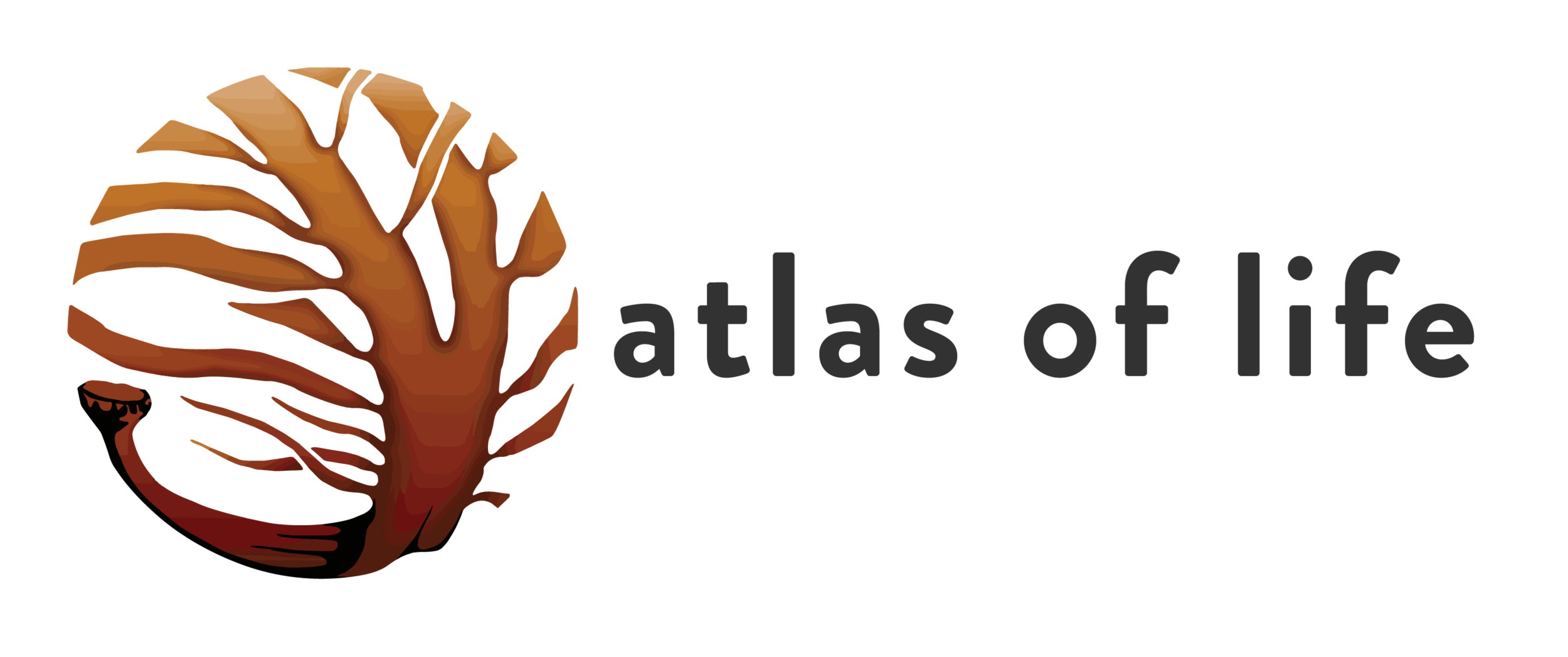More details on pumice visitors
Northern Invaders On July 28th 2012 the Havre Sea Mount, an underwater volcano which is part of the Kermadec Island chain off the North Island of New Zealand erupted. Nothing unusual about that as New Zealand is volcanically very active. As this was an underwater eruption the mix of magma and steam formed millions of small rounded rocks called Pumice. Pumice is very light and floats due to the myriad of holes and cavities throughout the rock. The eruption lasted long enough to form a massive 20,000 square kilometre raft of Pumice stones which has been drifting thousands of kilometres around the Pacific ever since. There have been reports of Pumice washing ashore on Tonga and Far North Queensland and for several months now the wind and currents have been bringing it to the shores of the Far South Coast of New South Wales.
The myriad of holes throughout the Pumice form a perfect home for all manner of marine creatures that use to Pumice to hitch-hike their way around our oceans. I have been collecting, photographing and identifying these animals for the Atlas of Life in the Coastal Wilderness. Most are very new to me and all are tropical in origin and so have travelled a very long way to get here. So far I have found Anemones, Nudibranchs, Crabs, Sea Hares, Worms, Shrimps, Barnacles and Pearl Oysters. Some I have been able to identify down to species level, mainly thanks to the amazing network of friends on Facebook but some still elude me. This is primarily due to my lack of ability with a camera. Have a look at the accompanying photo album and take a closer look next time you find a piece of Pumice washed up on the shore.
Michael McMaster
Chief Curator, Merimbula Aquarium
March 11th 2014











